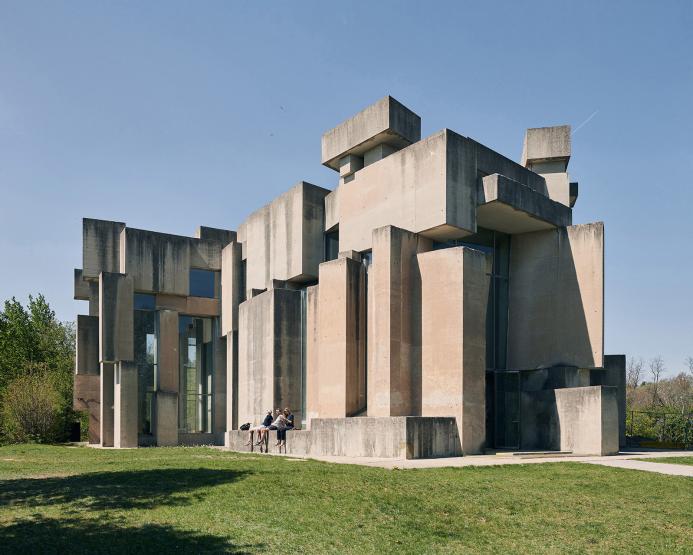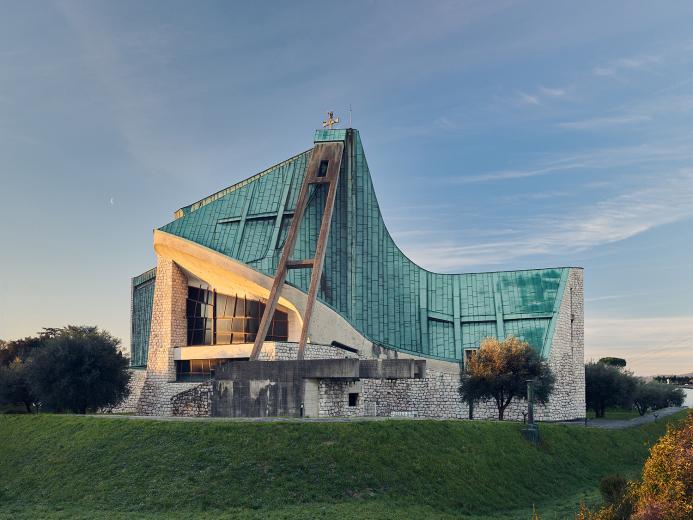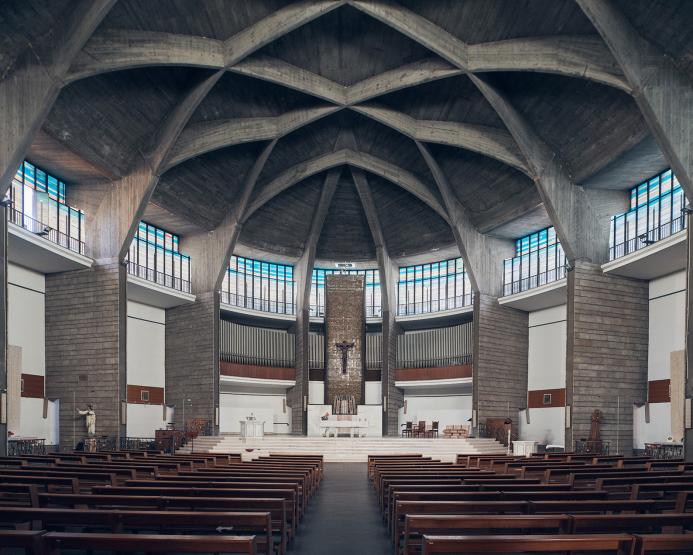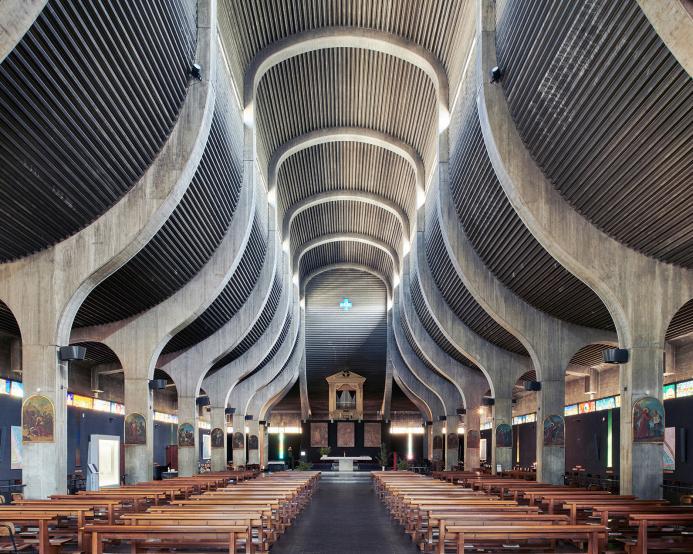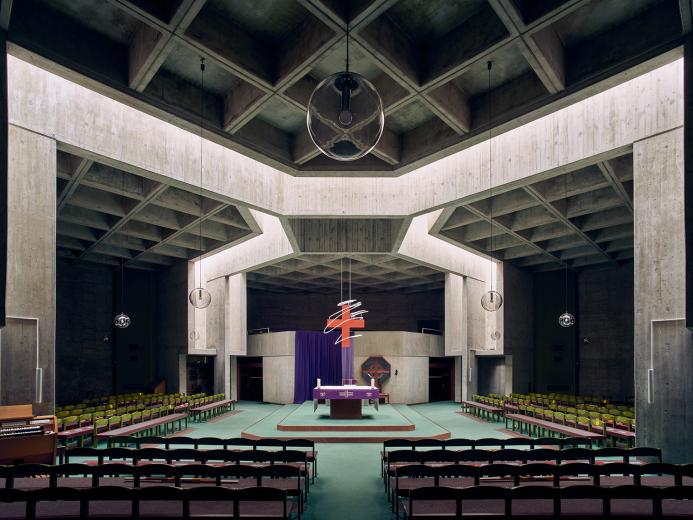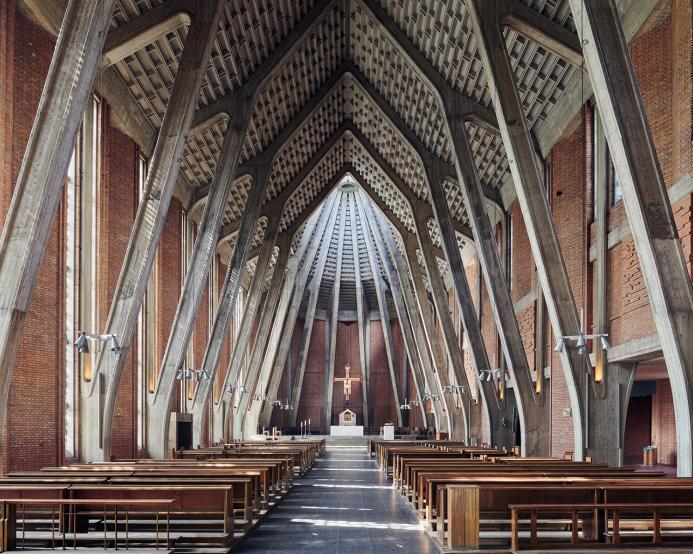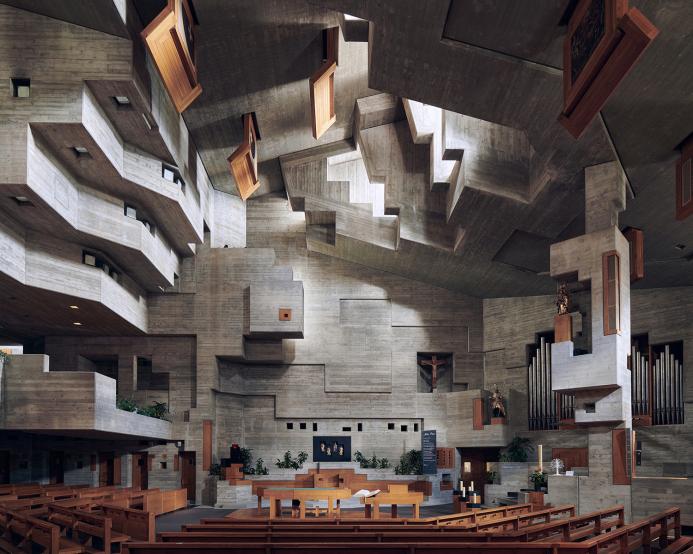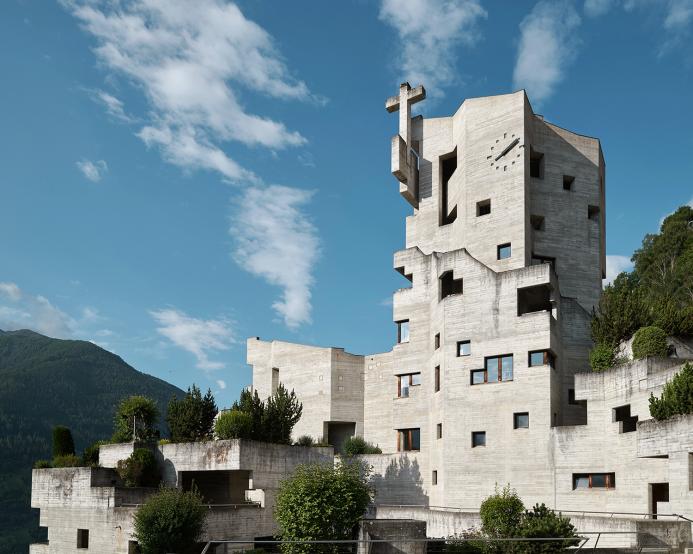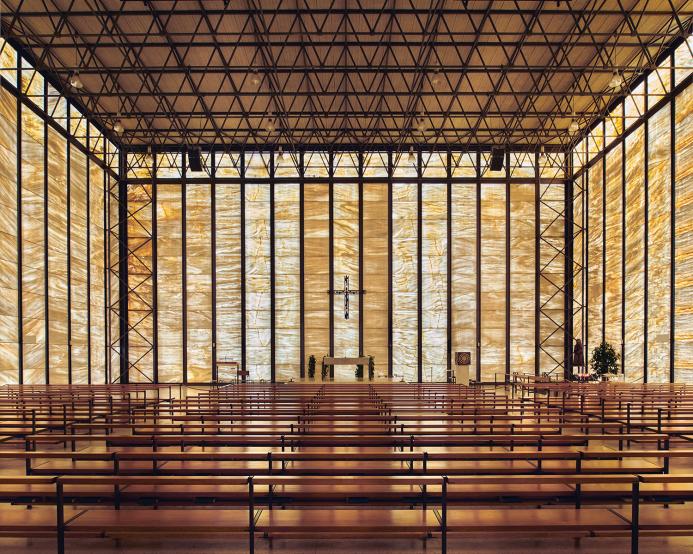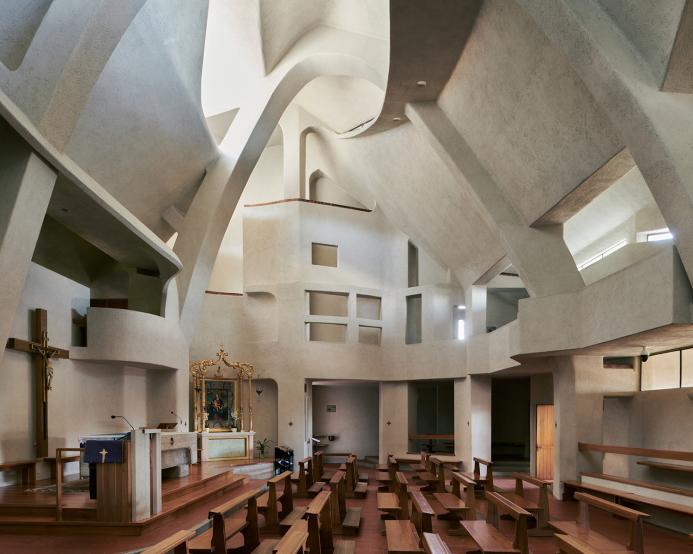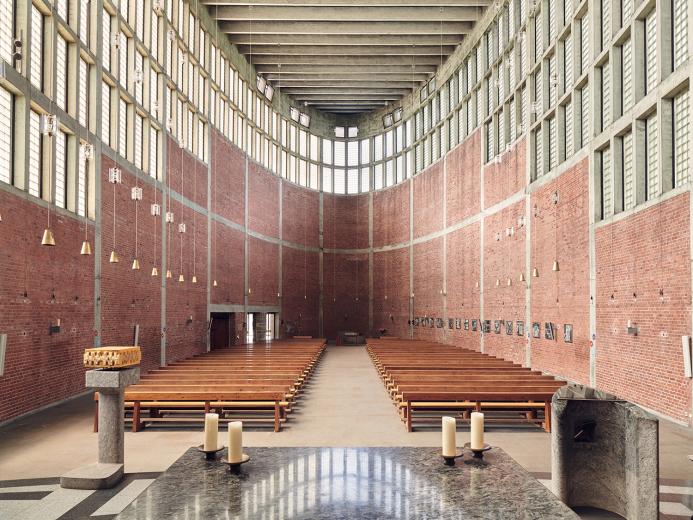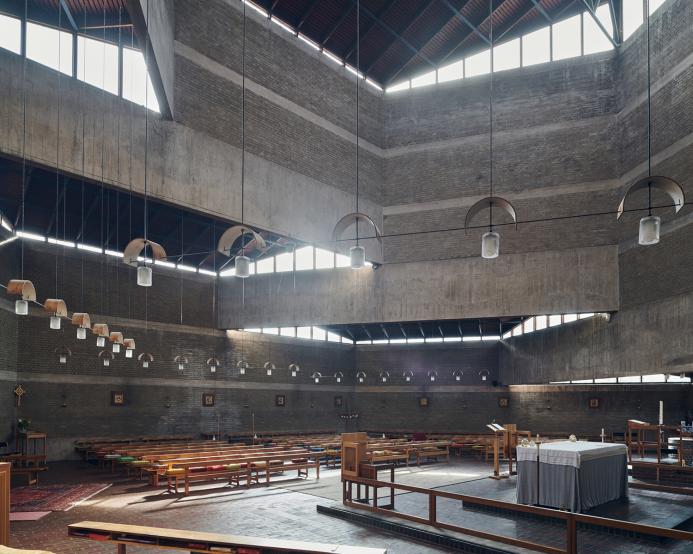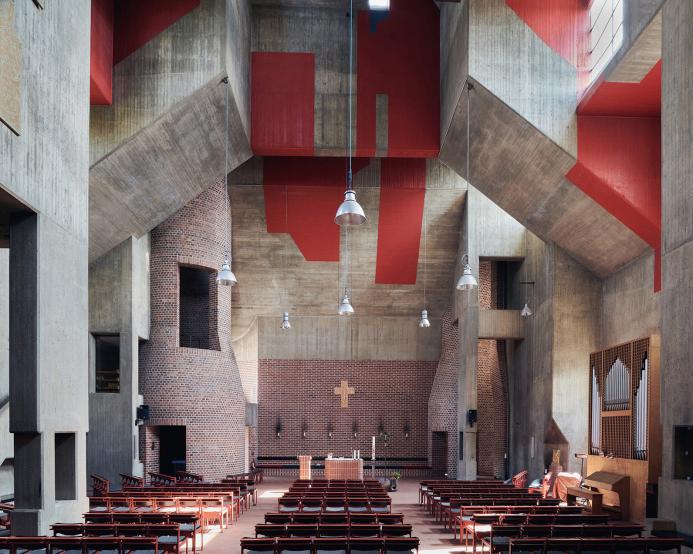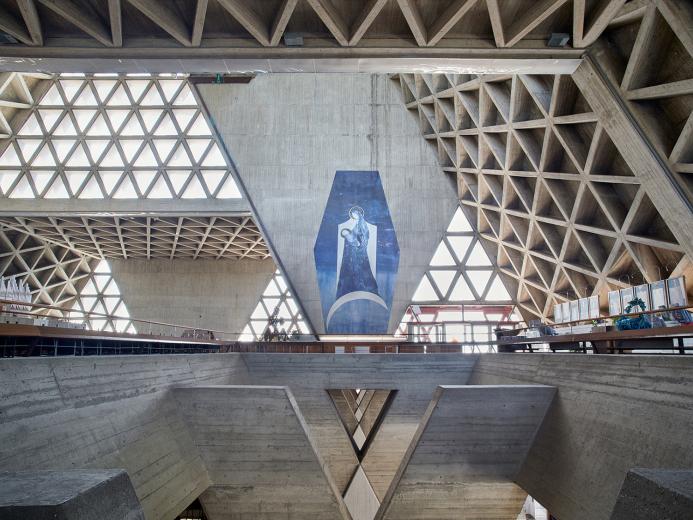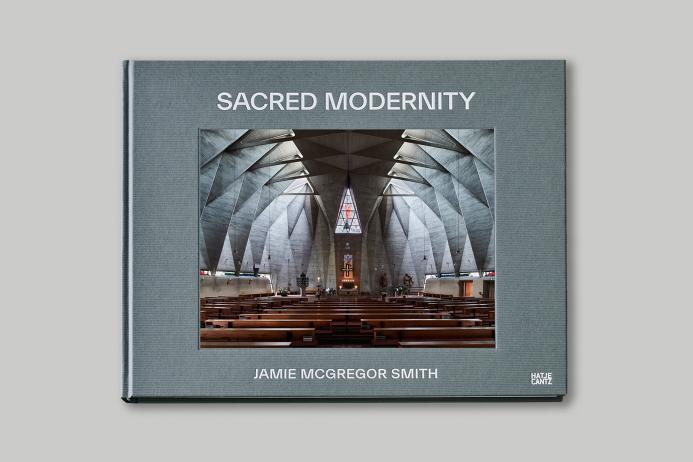Capturing the Sacred
Photographer Jamie McGregor Smith has spent the last five years capturing brutalist and modernist churches across Europe.
A visual odyssey through the enigmatic world of brutalist-style churches, McGregor Smith's latest book, "Sacred Modernity: The Holy Embrace of Modernist Architecture," encapsulates the essence of post-war ecclesiastical design, offering a mesmerizing glimpse into the marriage of religious fervour and avant-garde aesthetics.
"Sacred Modernity" results from McGregor Smith's four-year pilgrimage across Europe, a journey fuelled by a passion for uncovering the unconventional and the unseen.
Amidst the backdrop of a world in flux, McGregor Smith embarked on his quest during the solitude of COVID-19 lockdowns when the sacred spaces of churches stood as solitary witnesses to a changing society.
“In the summer of 2018, I left my London home of eleven years and moved to Vienna. I started by exploring its architecture for clues about my new society. As a photographer, I am always inspired by the bold historical changes that leave a visible mark on our social landscape.
“I first visited the Wotruba Catholic church. It began life as a sculpture, the artist believing its design had been delivered by God in a dream. I was bewildered, that this piece of progressive art, consisting of 152 irregular concrete blocks, had been commissioned by such a conservative institution. It redefined my idea of what a church could be. At once beautiful yet brutal. My search broadened, and I quickly discovered a whole movement in modernist sacred architecture,” explains McGregor Smith.
“Then, the global pandemic hit, my photographic work came to a standstill and I was left in limbo in my new home. Miraculously, I discovered that church doors remained among the only ones left open. Whilst civilisation held its breath, I silently navigated these unorthodox spaces and attempted to understand how and who had realised them.”
The book, published by Hatje Cantz in March 2024, features 208 pages adorned with 139 vibrant colour photographs, and each image is a testament to the photographer's keen eye for detail and his ability to capture the essence of these architectural marvels.
"Sacred Modernity" transcends mere documentation; it is a visual narrative that invites readers to explore the intersection of faith and innovation. McGregor Smith's lens transforms concrete and steel into symbols of transcendence, inviting viewers to ponder the profound questions of existence and spirituality.
Accompanying McGregor Smith's striking imagery are essays penned by some of the biggest voices in the architectural realm. Professor Ivica Brnić of Vienna's Technical University and renowned architectural critic Jonathan Meades offer insights that elevate the book beyond a mere collection of photographs. Their words serve as a guiding light, illuminating the deeper meanings and nuances embedded within these structures of concrete and glass.
"The choreography of emptiness," muses Meades, "the images suggest either the numinous or god's long-term absence. They ask questions and supply no answers." His words echo the sentiment that McGregor Smith's photographs are not merely representations of physical spaces but windows into the human soul.
Brnić, in his contemplation of the photographs, speaks of encountering "photo-graphic spaces chiselled by light, the vessels of the Eucharist." His words evoke a sense of reverence for the interplay between light and form, between the sacred and the profane.
With "Sacred Modernity," Jamie McGregor Smith invites readers on a journey of discovery—a pilgrimage through the hallowed halls of modernist architecture. In a world where tradition and innovation often clash, McGregor Smith's photographs serve as a bridge between the past and the future, inviting us to embrace the beauty and complexity of the world around us.

